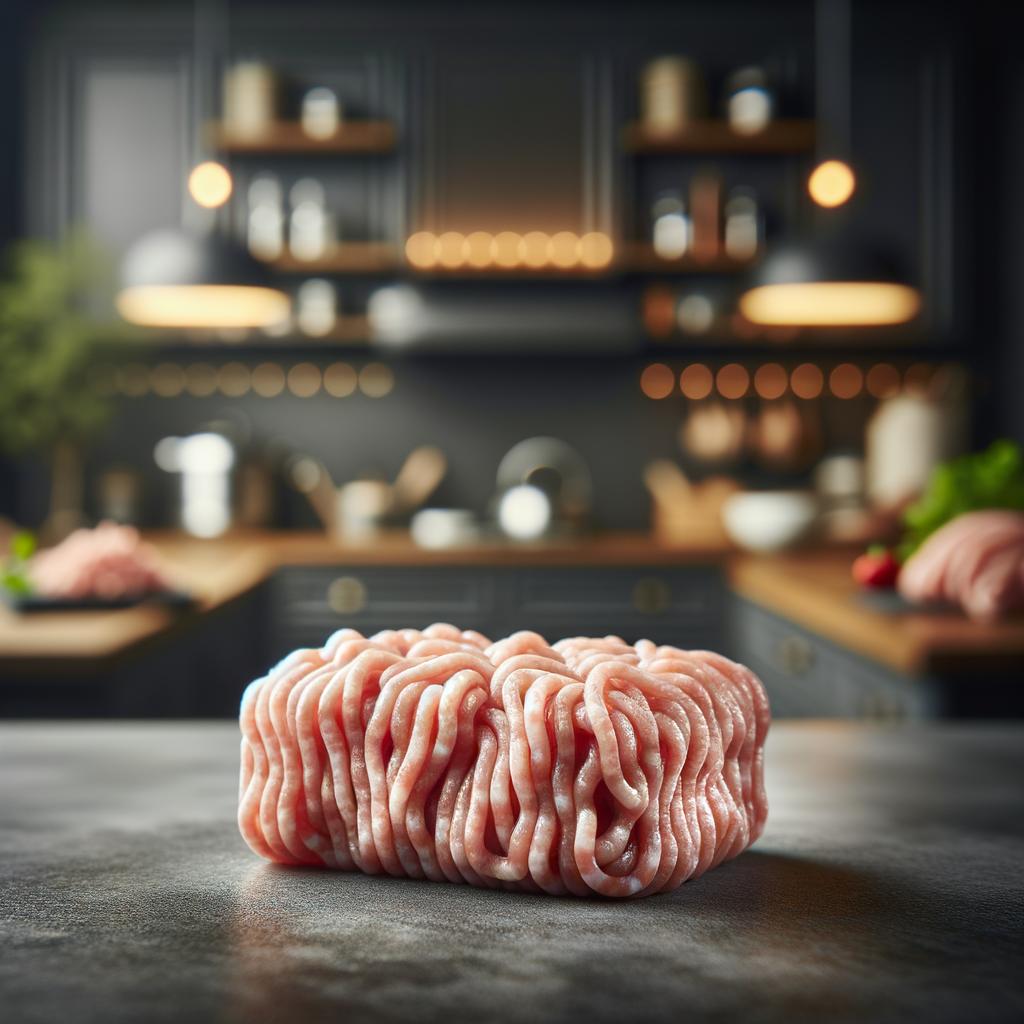Minced Pork

Description
Minced pork, often referred to as ground pork, is a versatile and delectable ingredient that graces many a kitchen worldwide. It is a delightful blend of lean meat and fat, ground to a fine or coarse consistency depending on preference. Its appearance is a beautiful mosaic of pale pink and creamy white, a visual testament to its rich, succulent flavor profile. Minced pork is a sensory delight, with a soft, malleable texture that crumbles delightfully under the touch, and a taste that is a perfect balance of savory, slightly sweet, and umami. What sets minced pork apart from other ground meats is its higher fat content, which imparts a juiciness and flavor intensity that is unparalleled.
Primary Uses
Minced pork is a culinary chameleon, effortlessly adapting to a wide range of cuisines and dishes. It is the star ingredient in many Asian dishes, such as Chinese dumplings, Thai larb, and Vietnamese spring rolls. In Western cuisines, it forms the base of Italian meatballs, American meatloaf, and British shepherd's pie. Beyond its culinary uses, minced pork has cultural significance in many traditions, often symbolizing abundance and prosperity.
History
The history of minced pork is as diverse as its uses, tracing back to various cultures and civilizations. In ancient China, ground pork was used in dumplings as a means to stretch precious meat supplies. In medieval Europe, it was a staple in the diets of both nobility and commoners, finding its way into pies, sausages, and stews. The use and popularity of minced pork have evolved over time, with it now being a central ingredient in numerous modern fusion cuisines. Folklore often associates pork with luck and prosperity, and serving dishes with minced pork during celebrations is considered auspicious in many cultures.
Nutritional Information
Minced pork is a powerhouse of nutrition. It is rich in high-quality protein, essential for muscle growth and repair. It also provides a wealth of vitamins and minerals, including Vitamin B1, which aids in carbohydrate metabolism, and Zinc, which supports a healthy immune system. The fat content, while higher than other minced meats, provides a source of energy and aids in the absorption of fat-soluble vitamins. However, due to its fat content, moderation is key in its consumption to maintain a balanced diet. Compared to minced beef or poultry, minced pork offers a unique blend of taste and nutrition, making it a worthy addition to any culinary repertoire.

